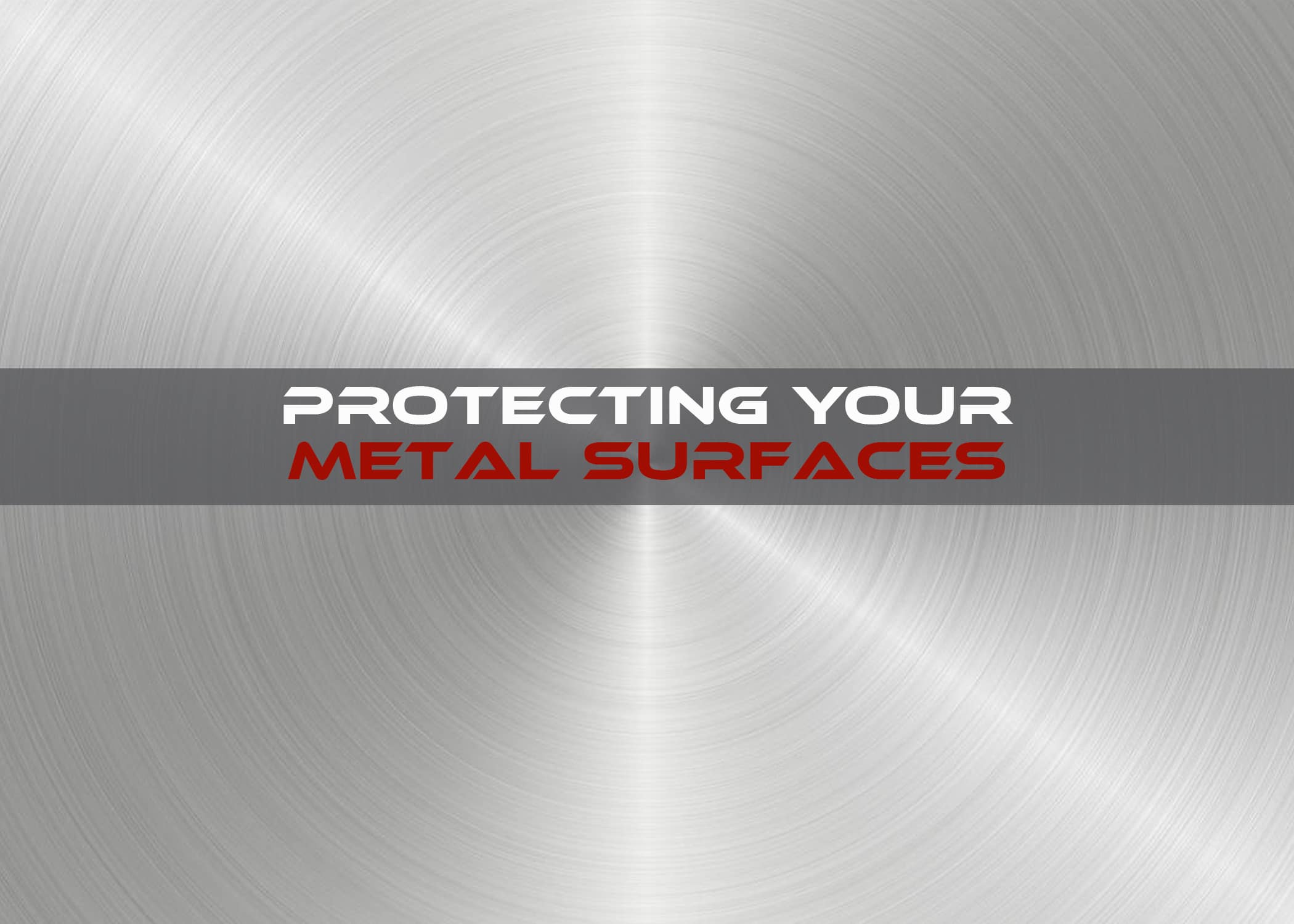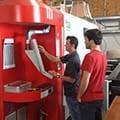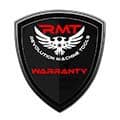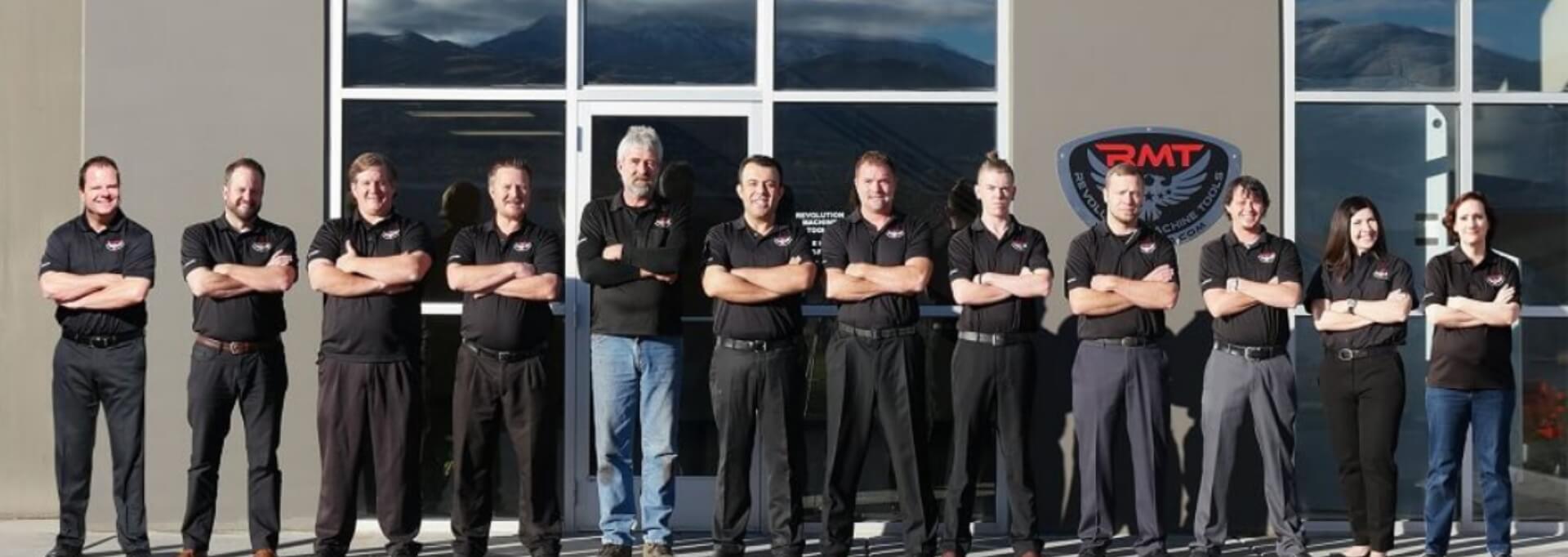After the Fabricating Is Done
The new metal fabricator had completed his first solo job. “It’s finished!” he declared to his boss. The boss looked over his work, nodded slightly, then replied, “It looks nice. But no, it’s not finished.”
The young man reviewed all his steps, from cutting to bending, and triple-checked his measurements. “I really can’t see anything that I missed,” he said in frustration to his boss.
“No, you did a nearly perfect job on it. I’m very impressed,” the boss said. “But finishing work is a very different part of the overall metalworking process. You could confuse a customer if you use the term ‘finish’ in this industry to refer to just completing a single operation. I didn’t mean to discourage you, but I wanted to point out the distinction in using that term.”
Continuing, the boss explained, “I believe the concept of ‘finish’ as both a verb and a noun go back in history to early woodworking. Somewhere along the way they discovered that applying oil to the exterior of a wooden object like a tool would both protect it and improve its appearance. That became the last step of the manufacturing process, literally finishing the piece. At some point, the substance itself that was being applied to the surface became known as ‘a finish.’
“In metal fabrication and machining we have adopted the same terminology to refer to the final preparations of the surface of a part, from deburring, sanding, and cleaning to polishing, plating, or painting.”
“Got it,” the young fabricator replied with a smile, adding, “At some point I’d like to learn how to do finishing work too.”
“That would be great,” the boss agreed. “Let’s plan on it.”
Protecting a Metal Surface by Altering It
Finishing work falls in two general categories: altering the surface of the workpiece through some means and adding material to the surface. The most basic alterations to the metal surface involve removing material to improve the safety, usefulness, or appearance of the piece. Methods for doing so include:
- Filing by hand
- Grinding by hand or machine
- Sanding by hand or machine
- Abrasive blasting using sand, glass beads, or another medium
- Chemical cleaning (using solvent)
- Barrel tumbling
- Vibratory deburring
- Honing (a type of internal grinding)
- Brushing by machine (to create a uniform grain pattern in a surface)
- Lapping by hand or machine
- Polishing or buffing by hand or machine
- Electropolishing (a chemical process that uses an electrical current to remove metal ions from the surface of a part)
- Ultrasonic polishing (polishing through use of an ultrasonic pressure wave)
- Magnetic polishing (a type of tumbling process that uses magnetic forces to propel small metal particles against an intricate workpiece—like jewelry—in a detergent bath to polish inside tiny crevices)
Other finishing methods modify the surface of the metal to increase its durability through processes such as cold working, the application of heat, and/or exposure to a chemical. Common techniques include:
- Burnishing by hand or machine (causing plastic deformation of the surface by rubbing it with a harder metal tool, increasing its hardness while also polishing it)
- Shot peening (sending a stream of pellets made of steel or another material at high velocity against the surface to induce compressive stresses into it)
- Heat treating (bringing the surface of the metal above its recrystallization temperature, then rapidly cooling it through quenching)
- Case hardening (exposing the surface of metal to a chemical like acid or sodium cyanide, either following heating, during heating, or below its recrystallization temperature)
Protecting a Metal Surface by Adding Material
There are several procedures that add material to the surface of metal, creating an additional layer to shield it from damage. This type of metal finishing work includes:
- Coating (painting with water- or oil-based paints; powder coating using UV or heat to cure a polymer powder; phosphate coating; electrocoating that deposits electrically charged particles of paint or epoxy)
- Oxidizing (creating a controlled protective metal oxide coating on the surface of the metal to protect it from natural oxidation like rust through methods like passivation and hot blackening)
- Plating (depositing a metal or metal alloy on the surface of a metal object using electricity or a chemical bath)
- Cladding (using heat and/or pressure to bond another metal on the surface of a metal part)
Taking Care of Your Metal Surfaces
Once a metal object is fabricated and put into use, there are further steps that the end user can take to protect its surfaces from rust and other damage. Some options, depending on the item, include:
- Painting the metal with an oil-based paint.
- Applying oil or an anti-rust lubricant to iron and steel items to keep moisture away from the surface.
- Applying a rust-preventative dry coating product that doesn’t leave behind a noticeable residue when it dries.
- Minimizing contact with other metallic or hard objects (or restricting unnecessary contact if the item is a metal tool).
- Controlling the environment where the object is used by reducing humidity and removing or restricting chemicals that can be corrosive to metal.
- Storing the item properly when not in use in a low-humidity area, possibly using packaging containing vapor corrosion inhibitors (VCI), compounds that are slowly released into an enclosed space and create a passive oxide layer on metal.
- Repairing scratches in surfaces and coatings as soon as they occur.
- Performing regular maintenance on the item and wiping down its surfaces with dry wipes or conditioning substances.
Metals are some of the hardest and most durable substances known, and products made from metal can serve long and useful purposes if they are properly cared for and their surfaces are protected.
